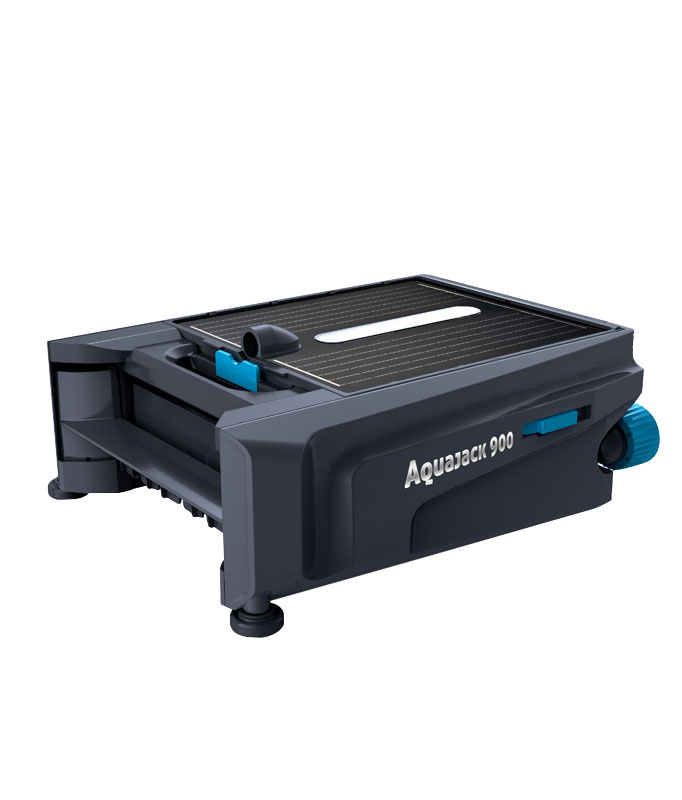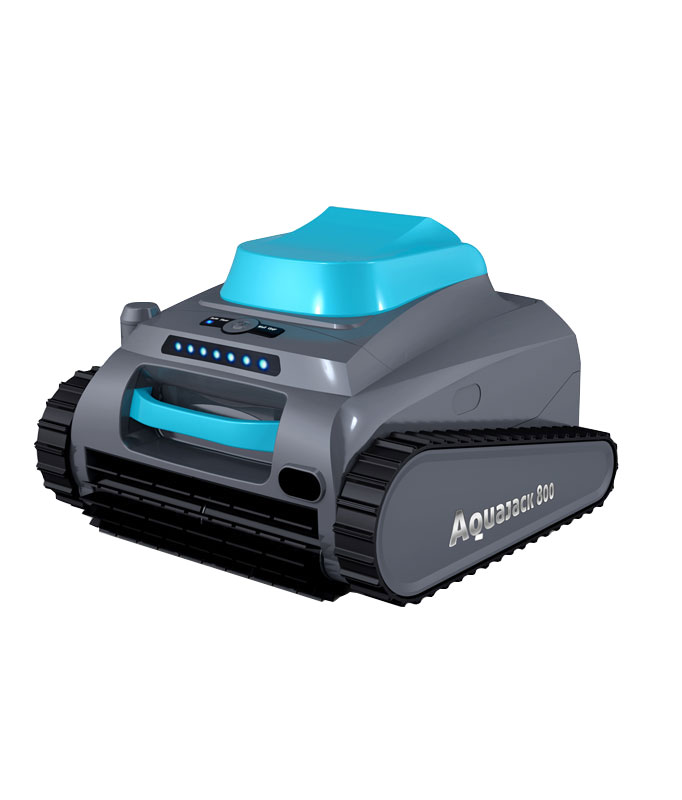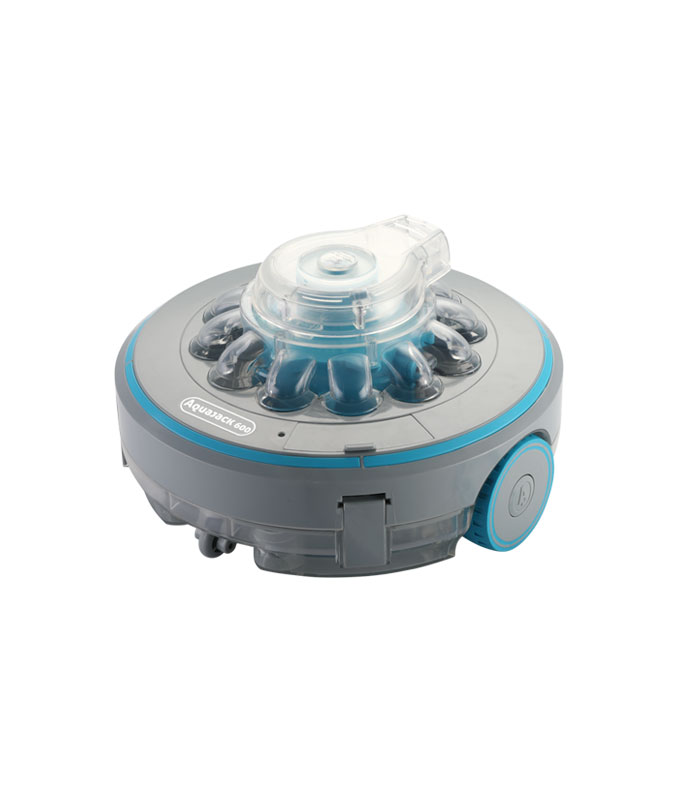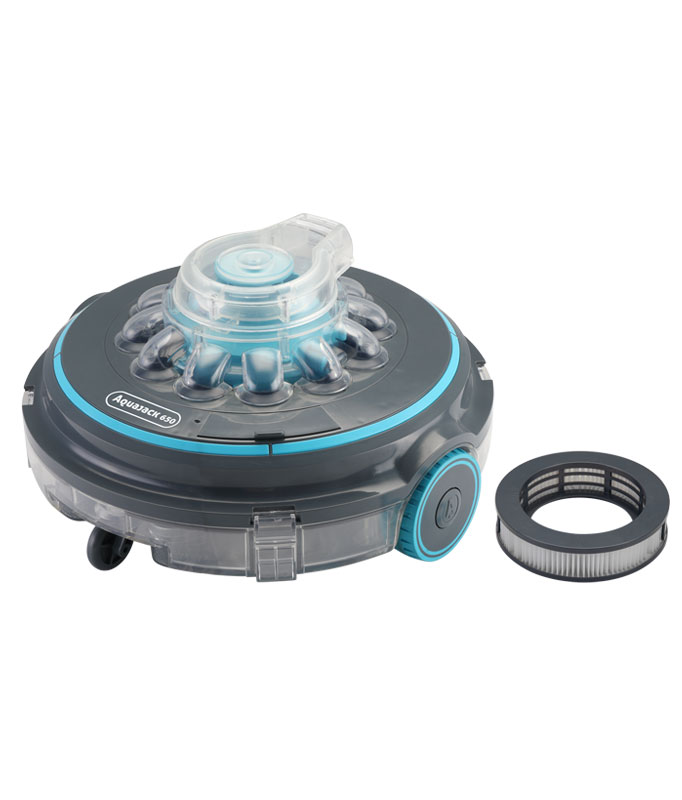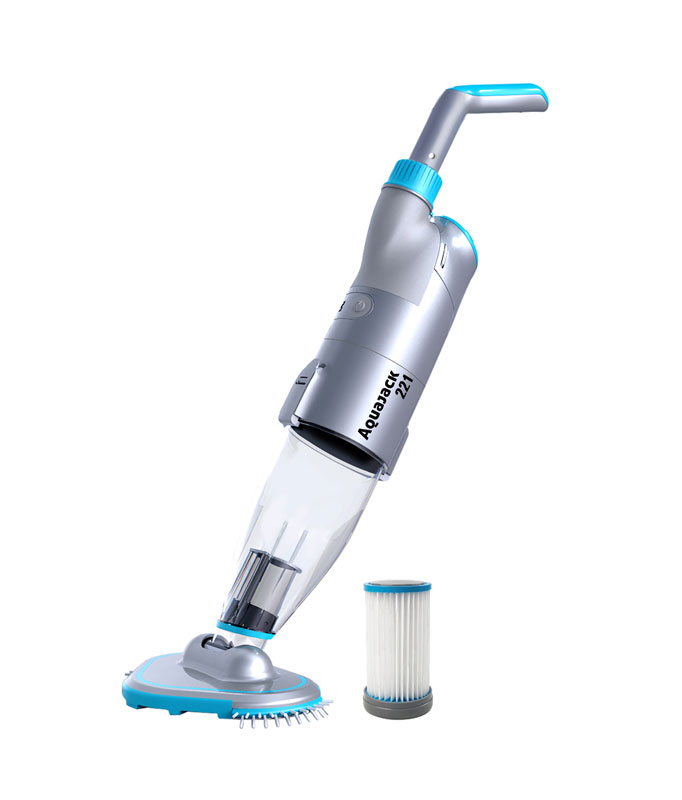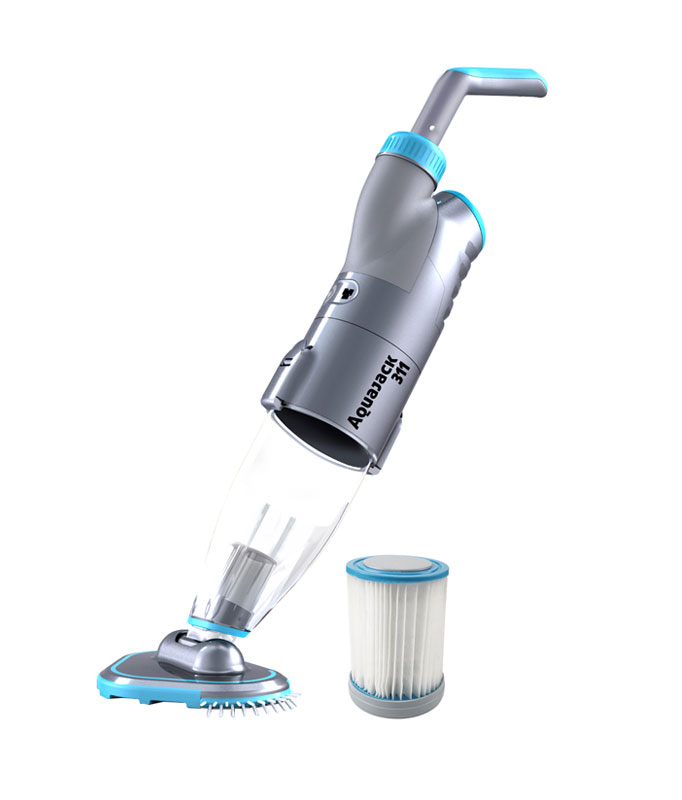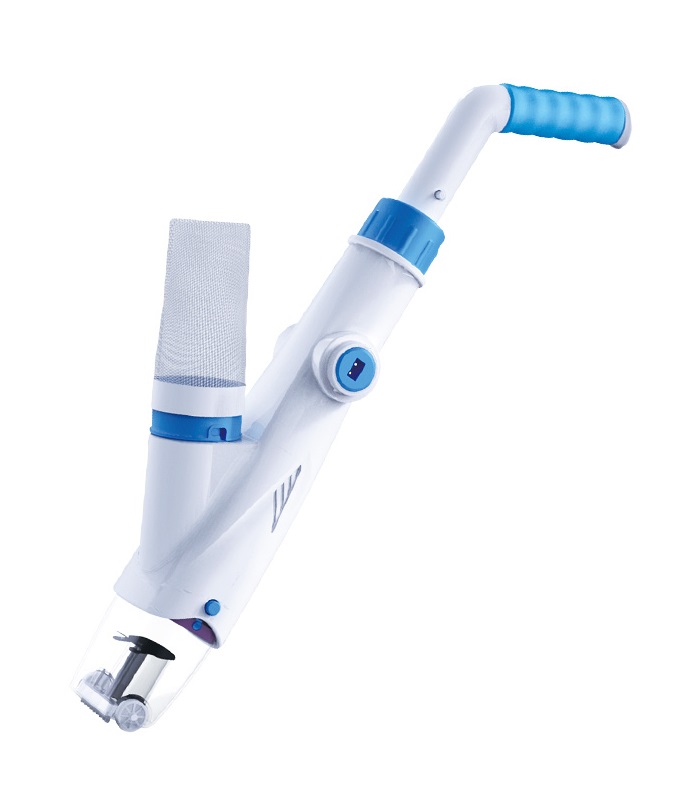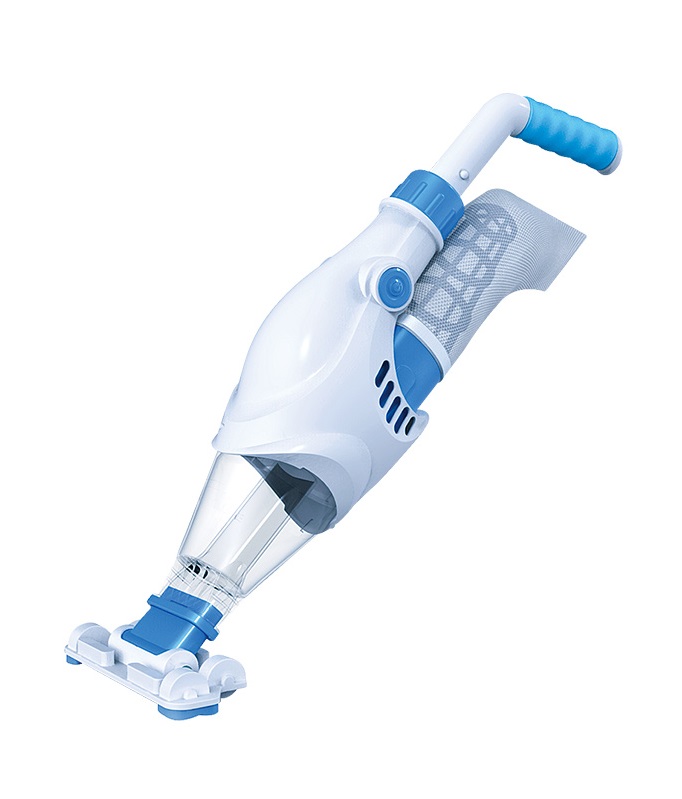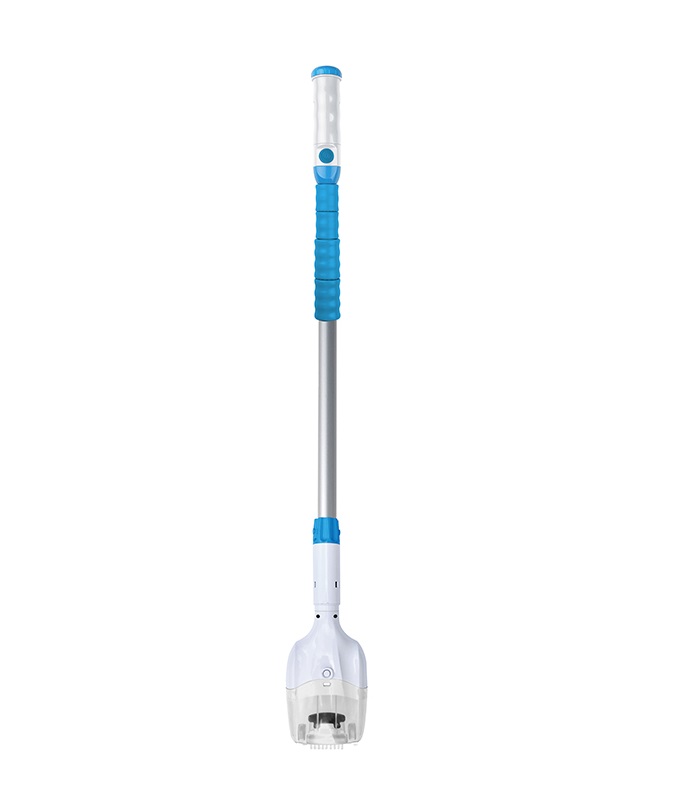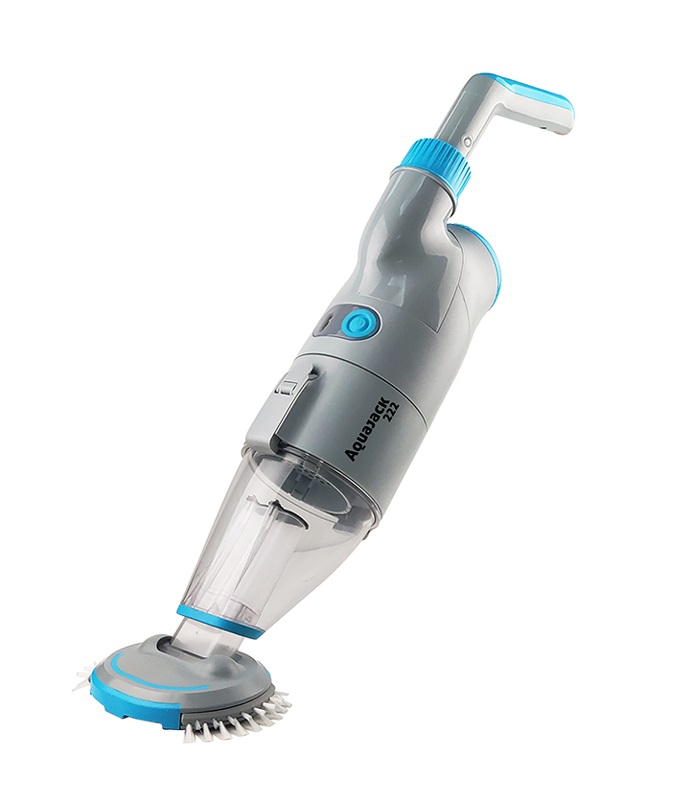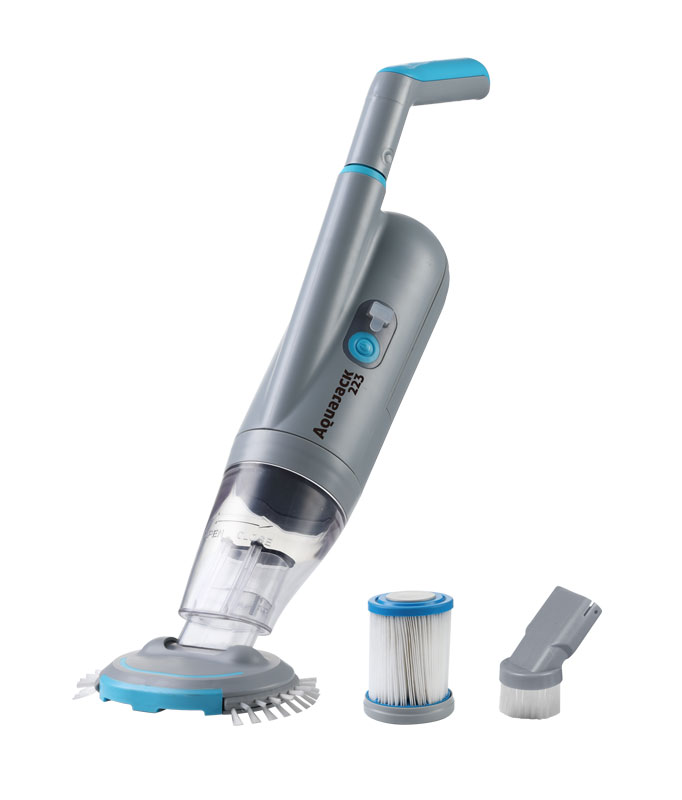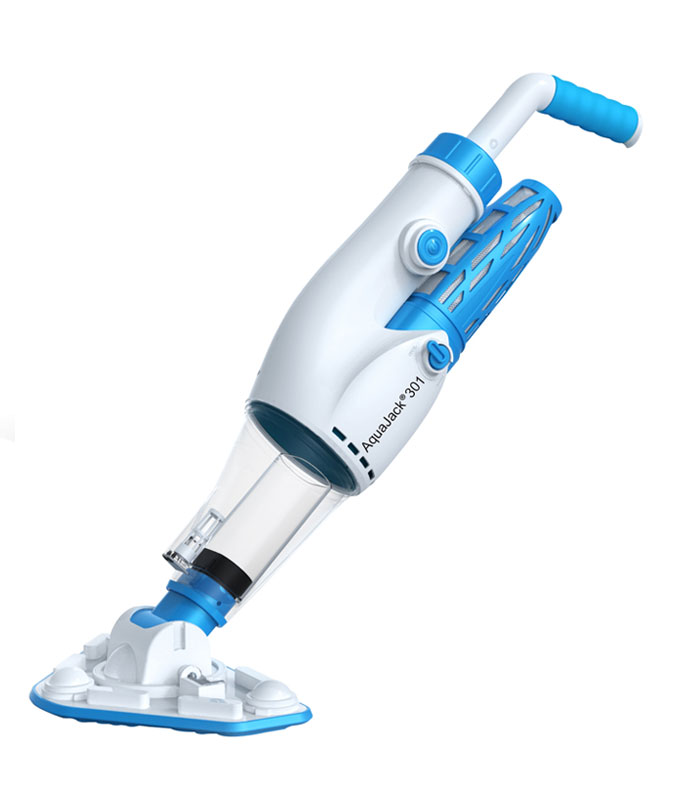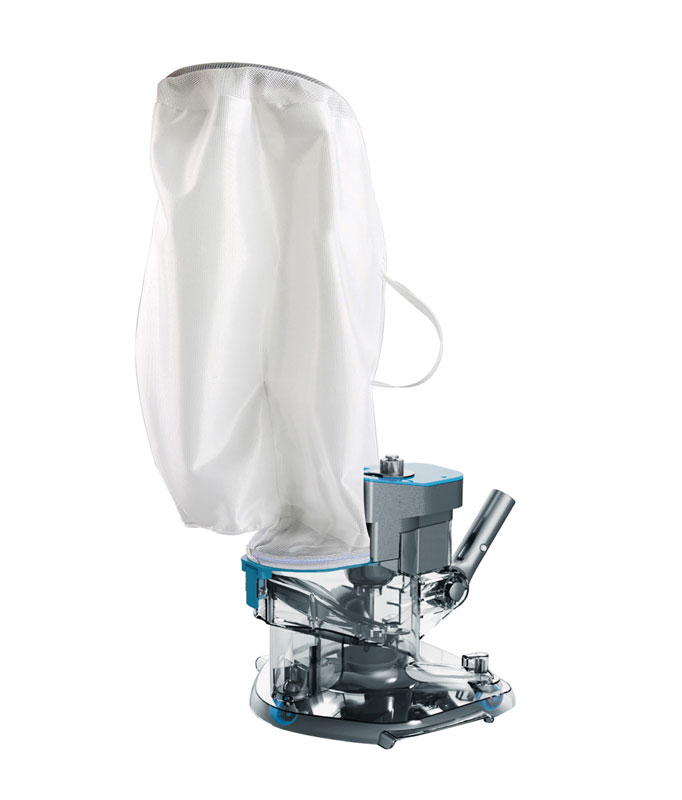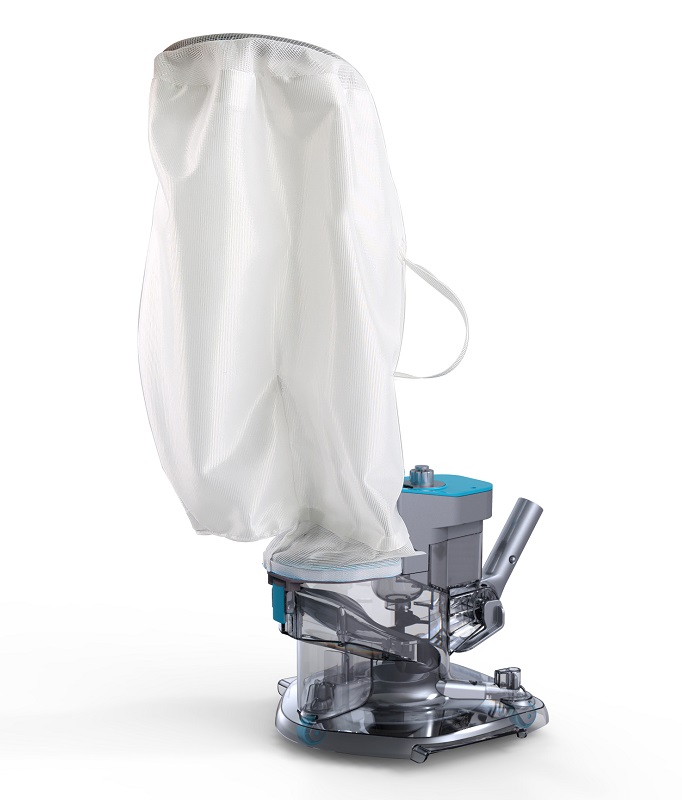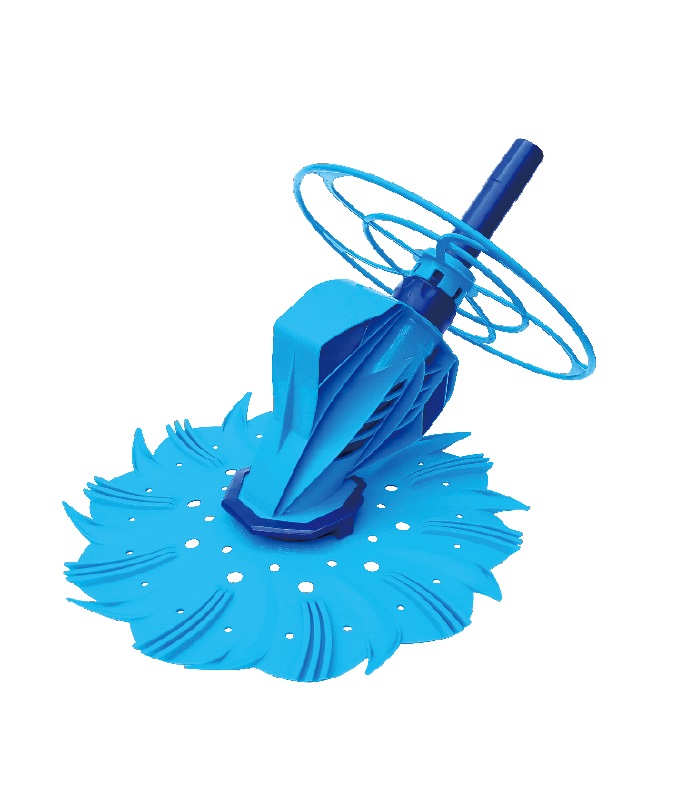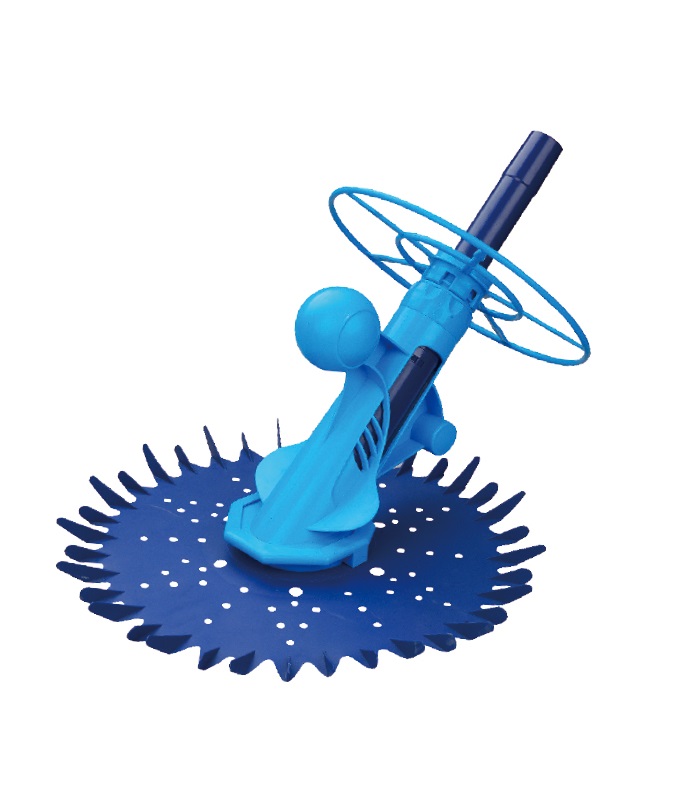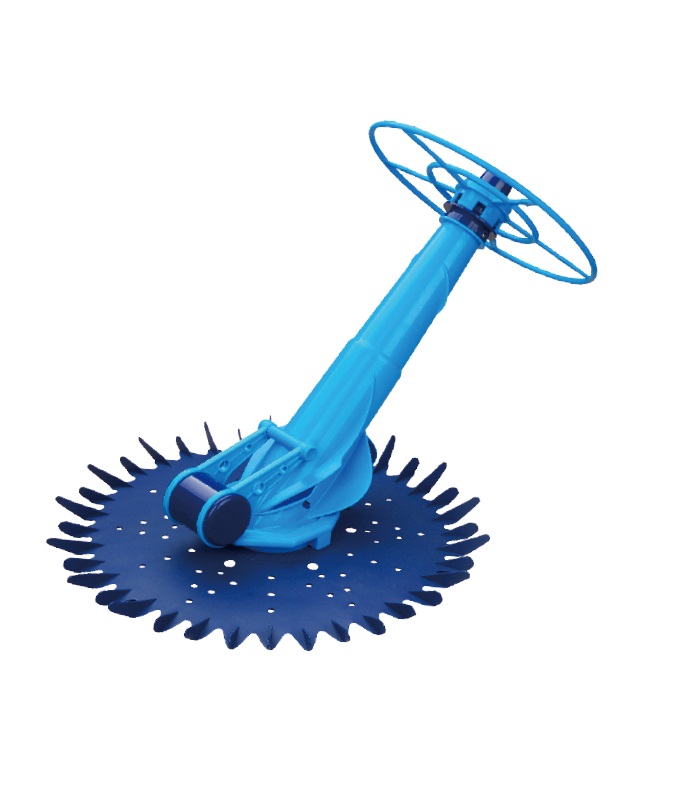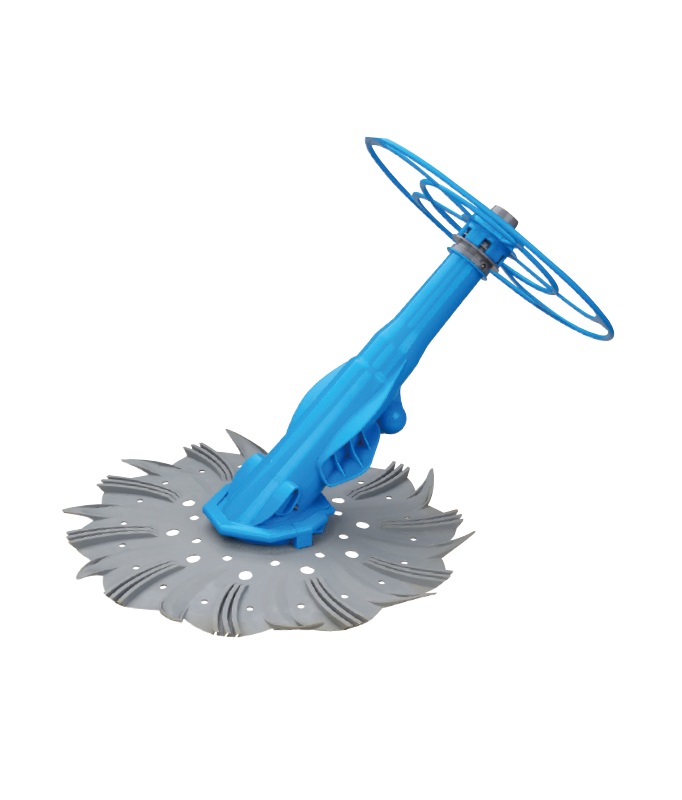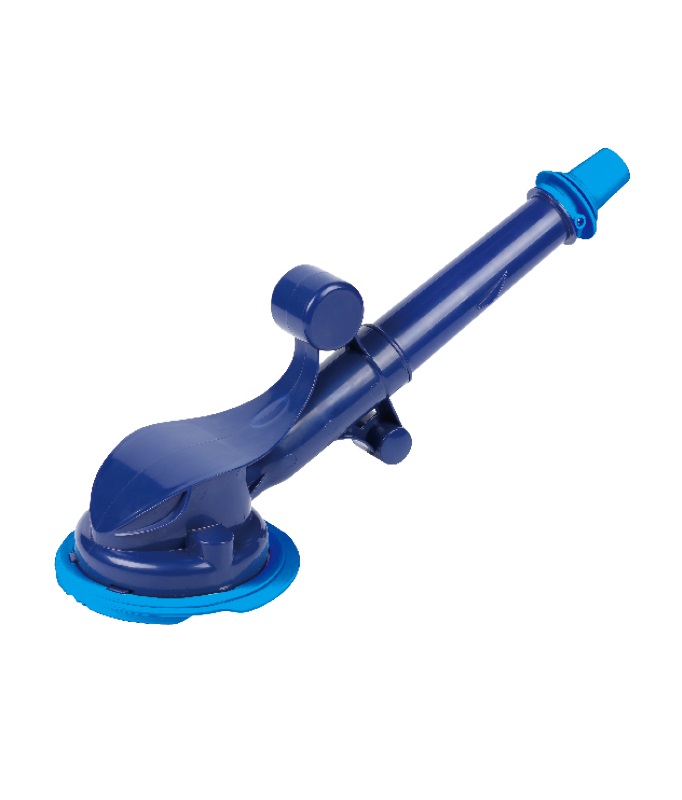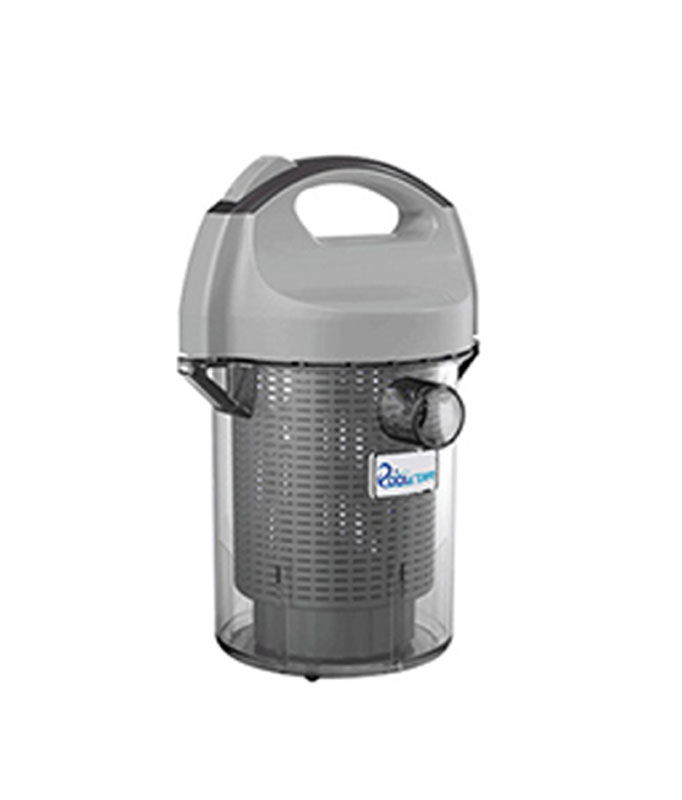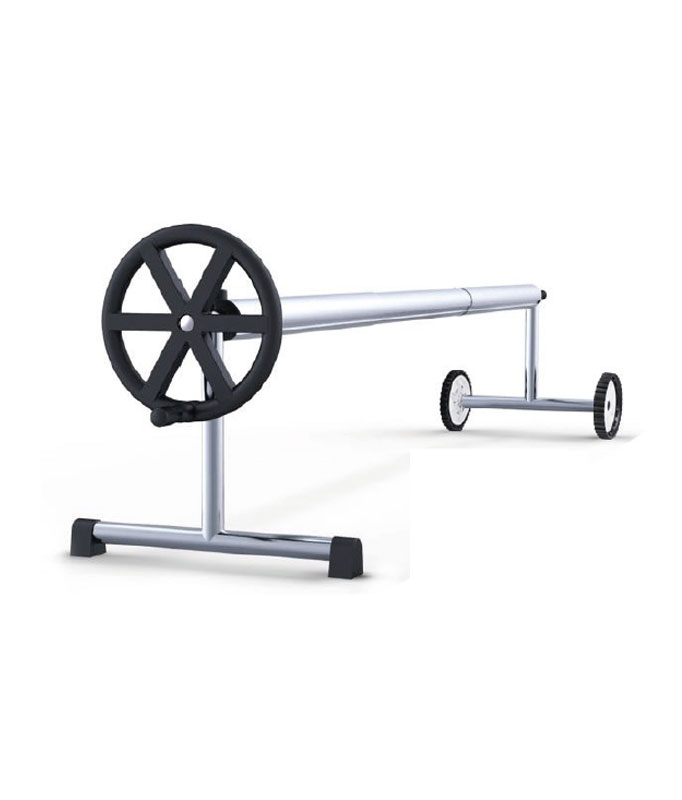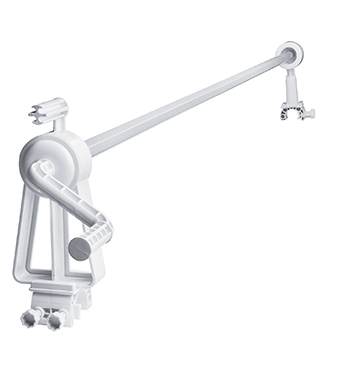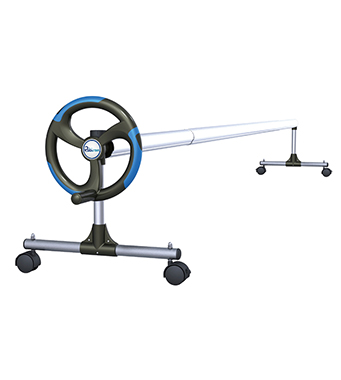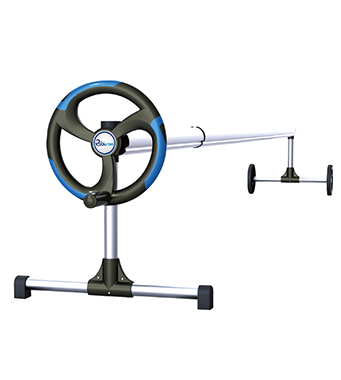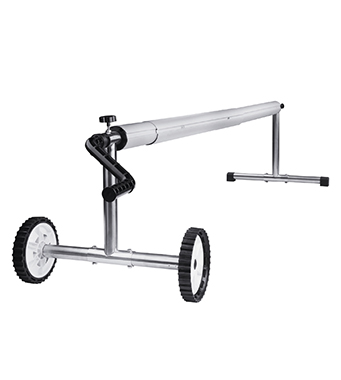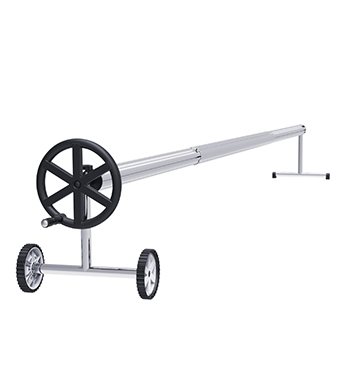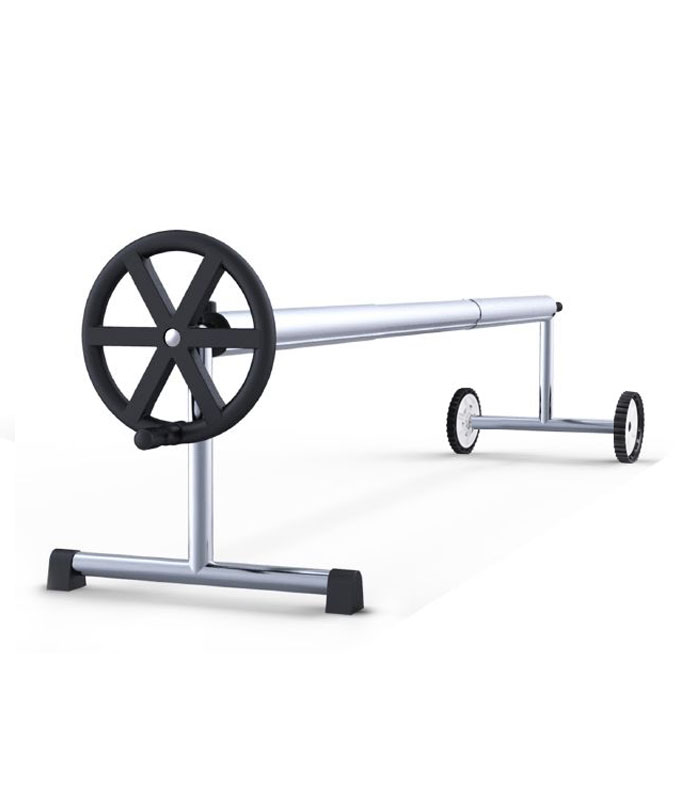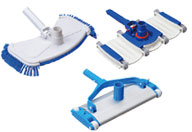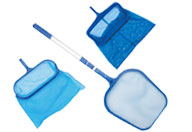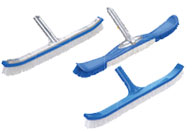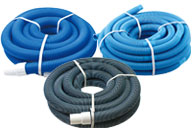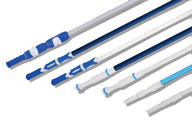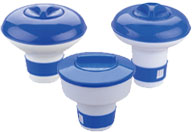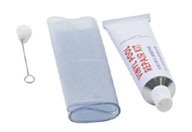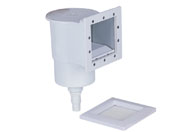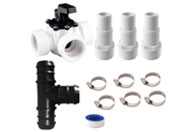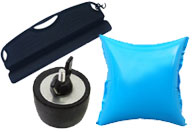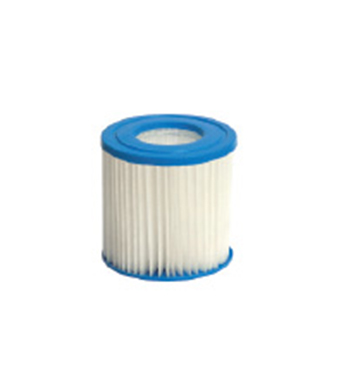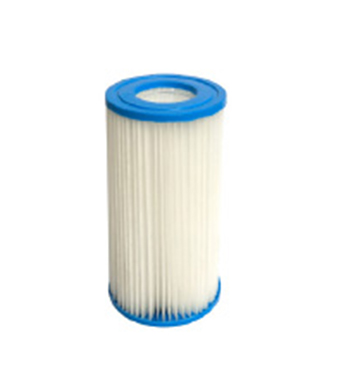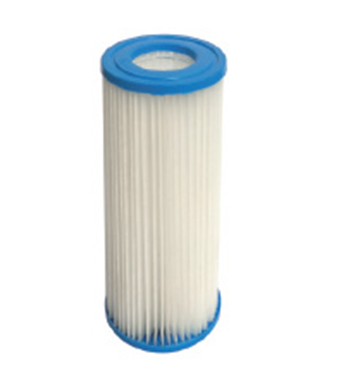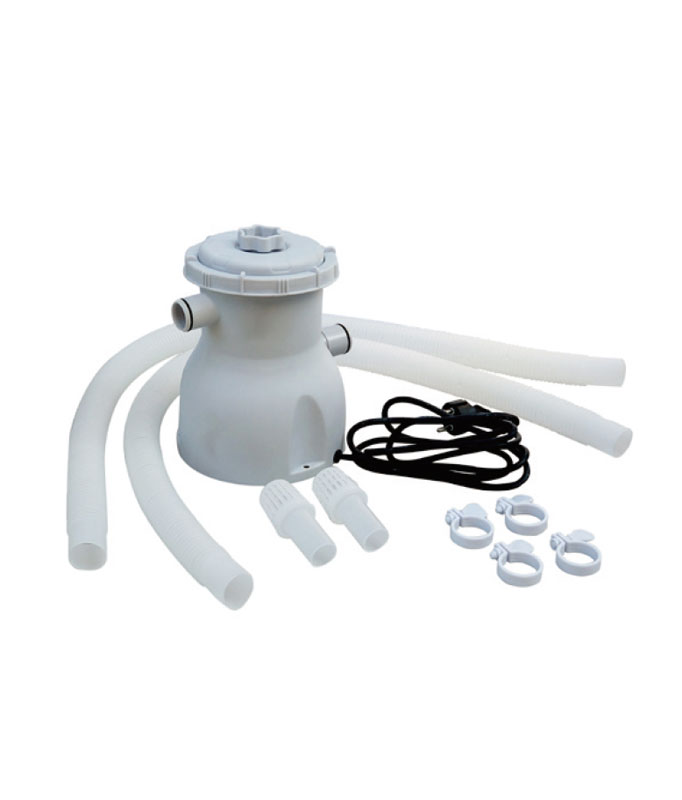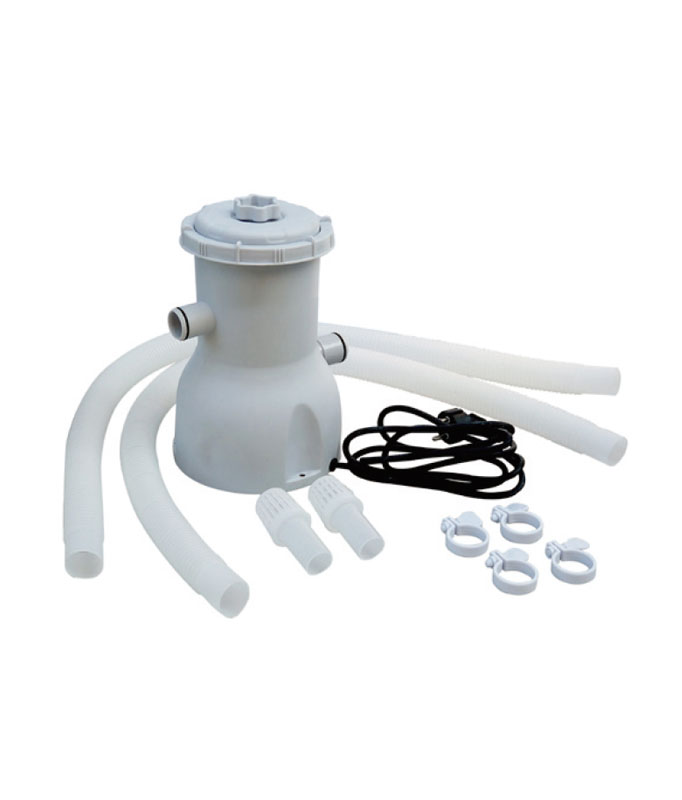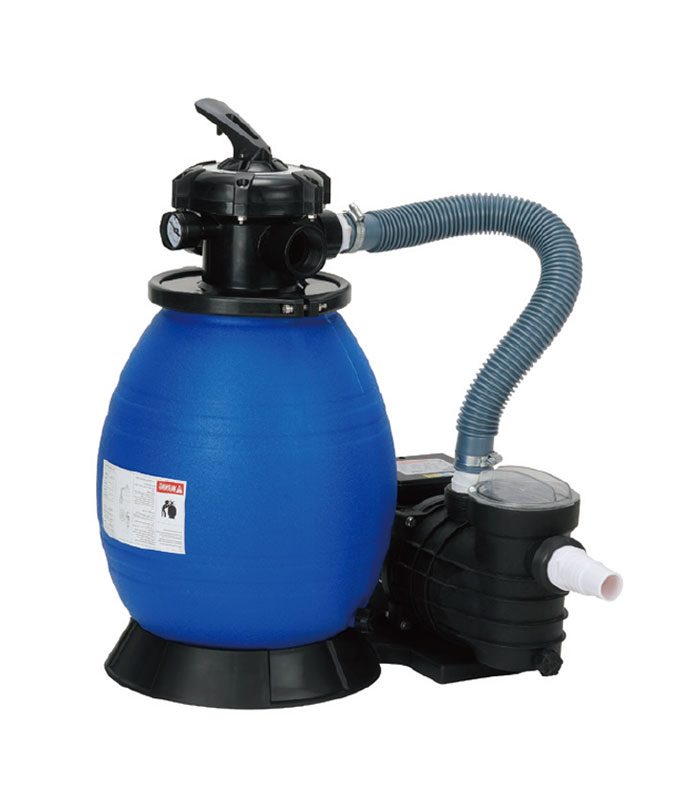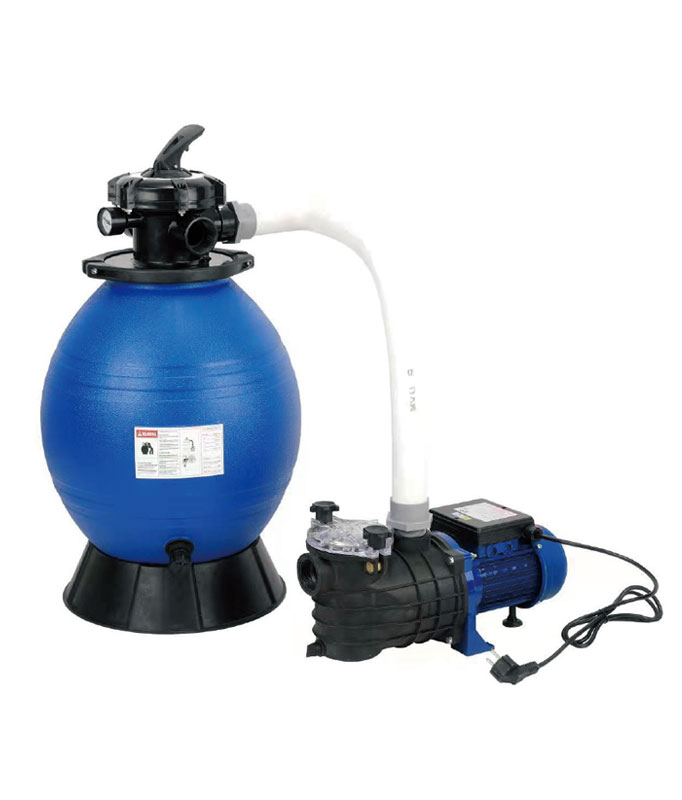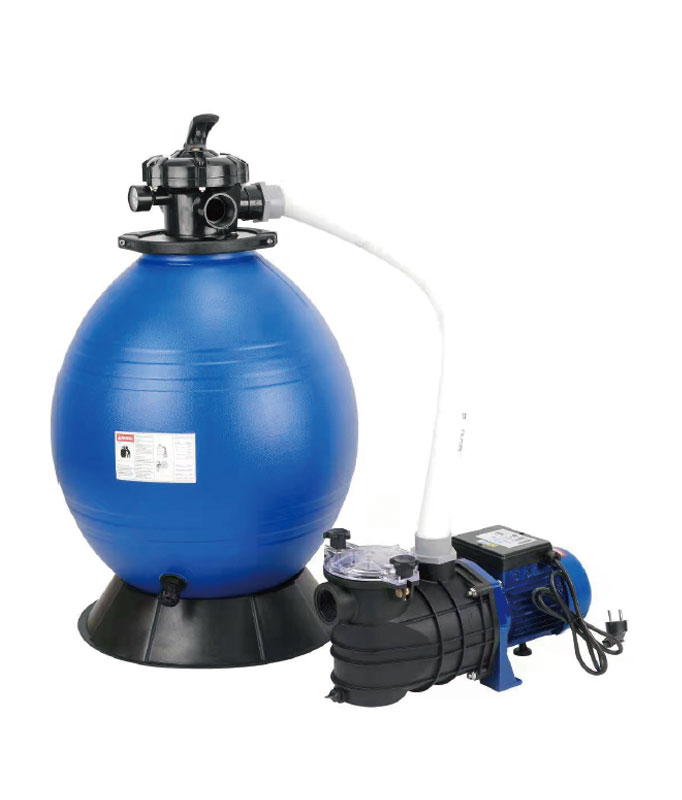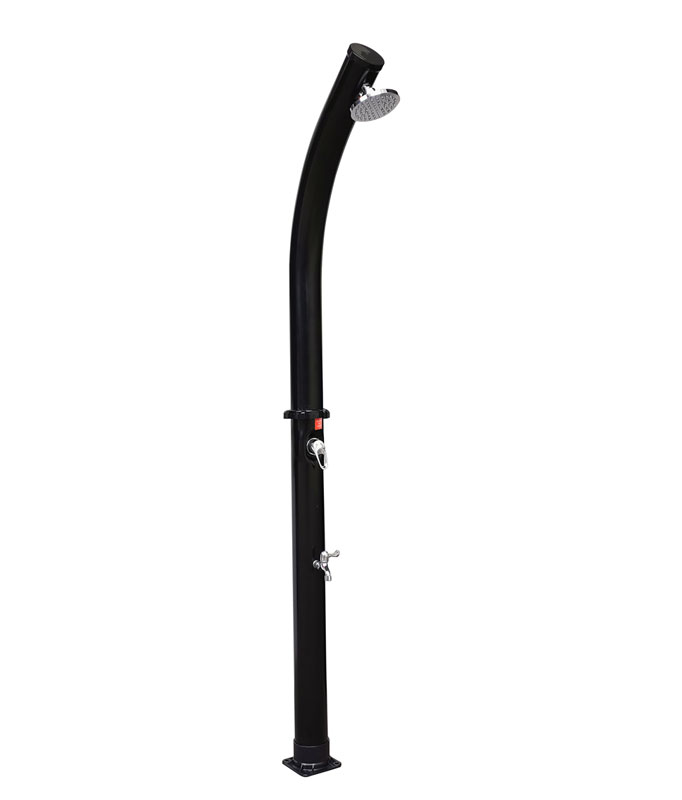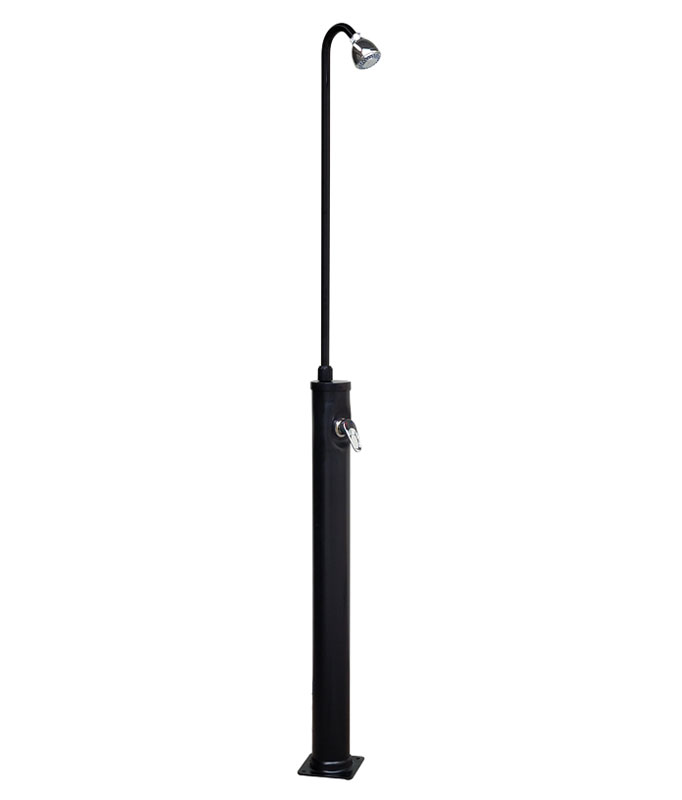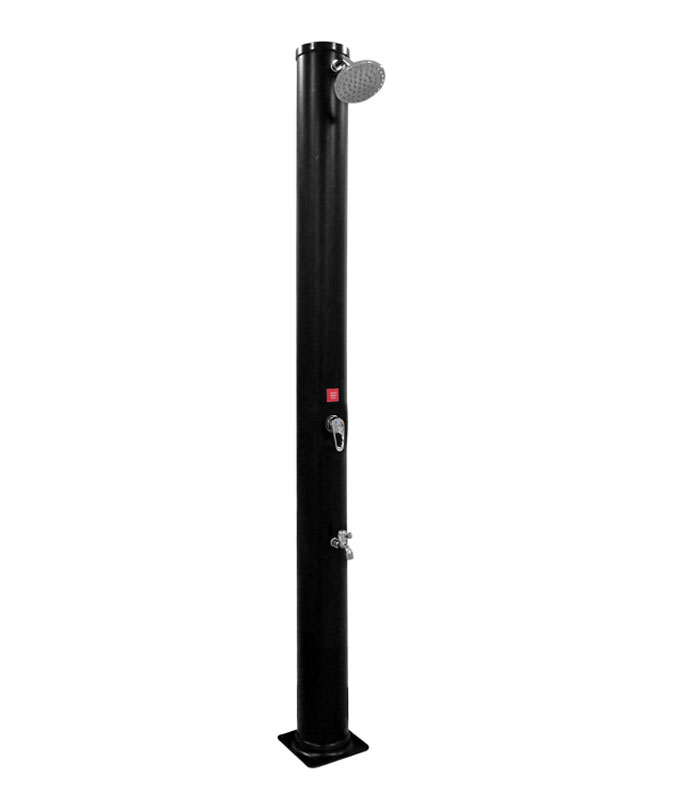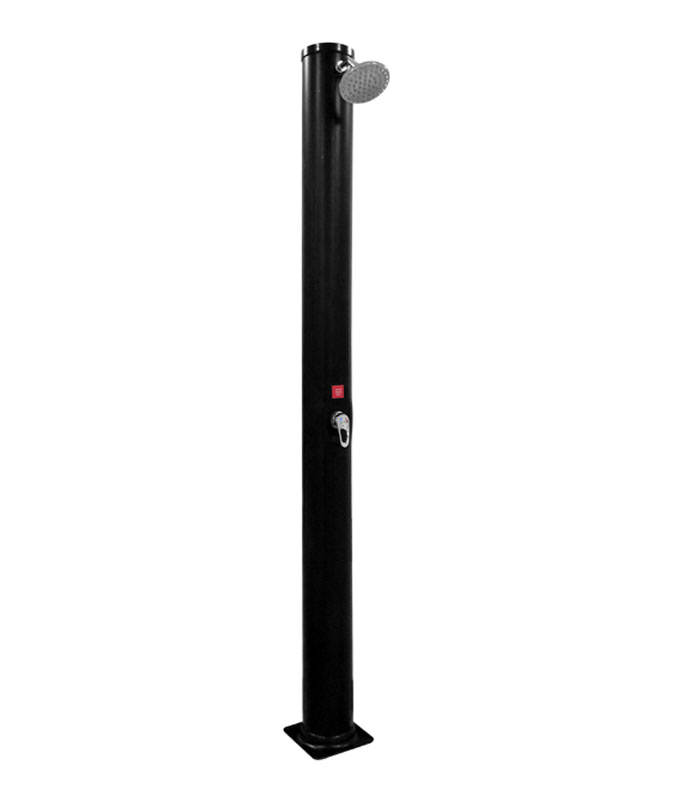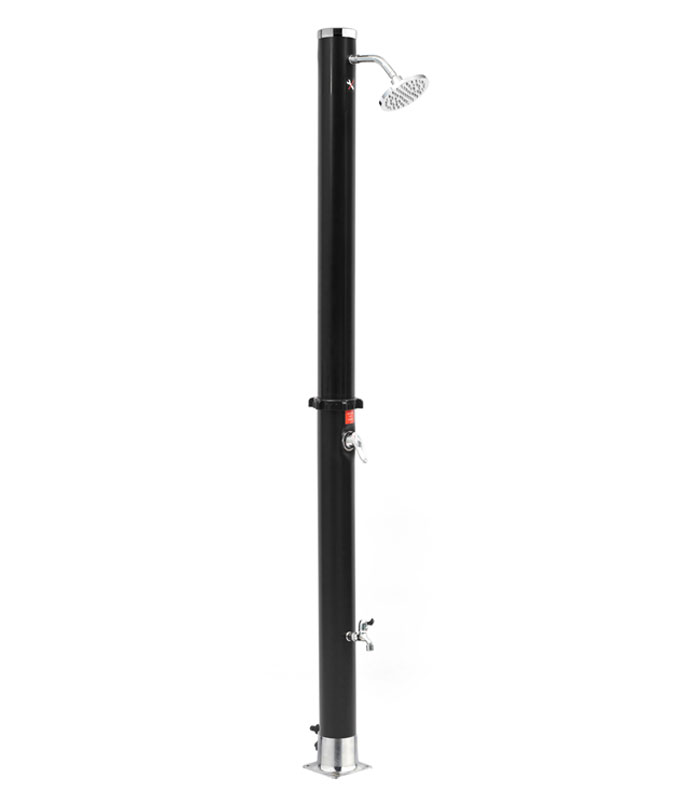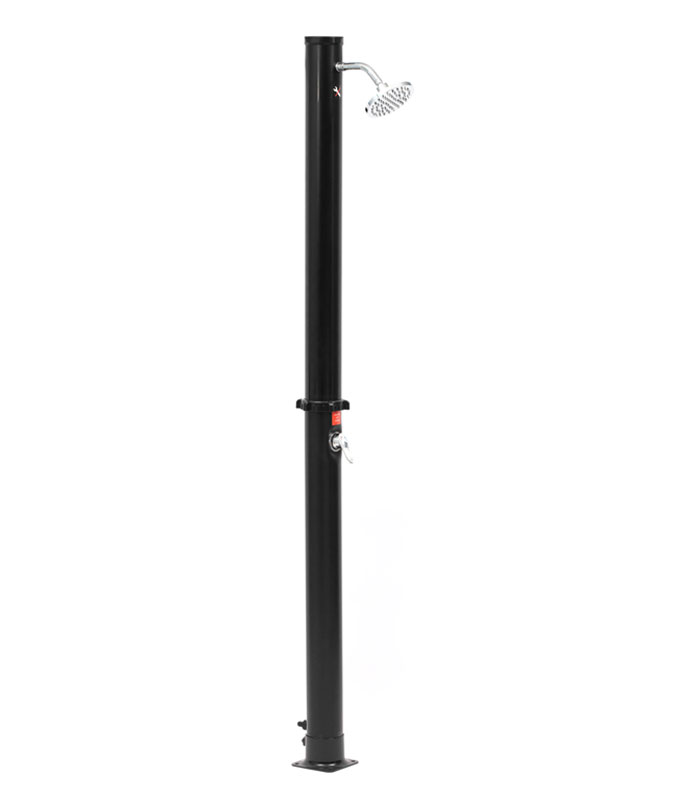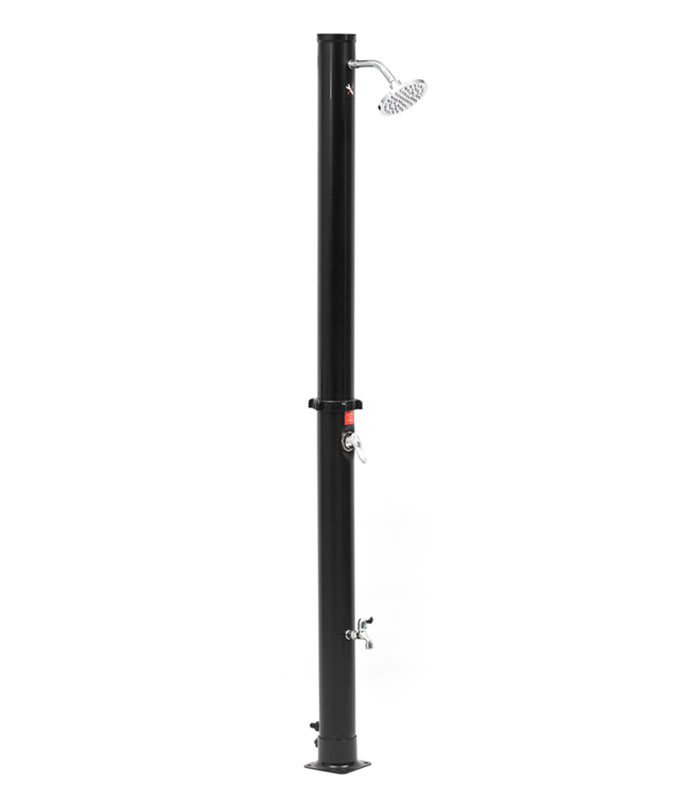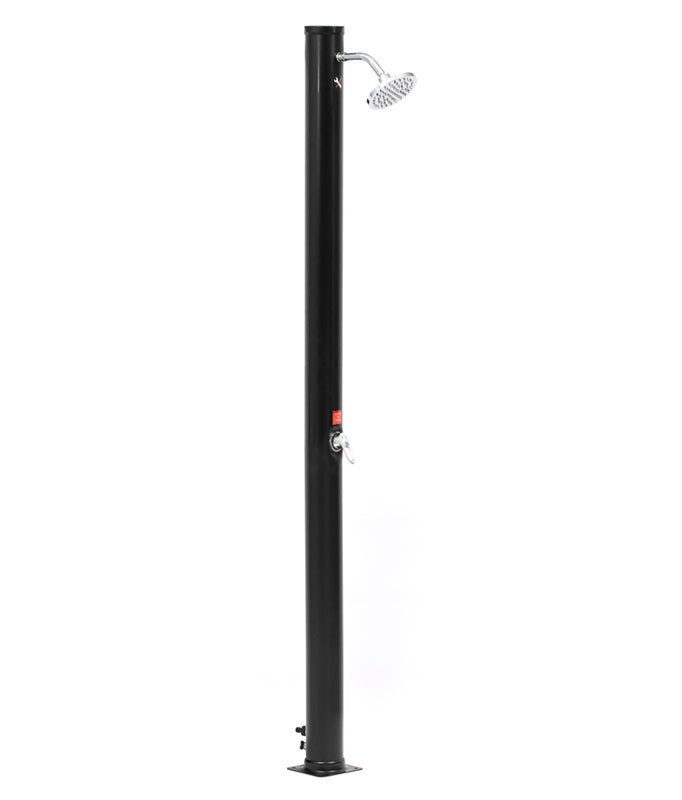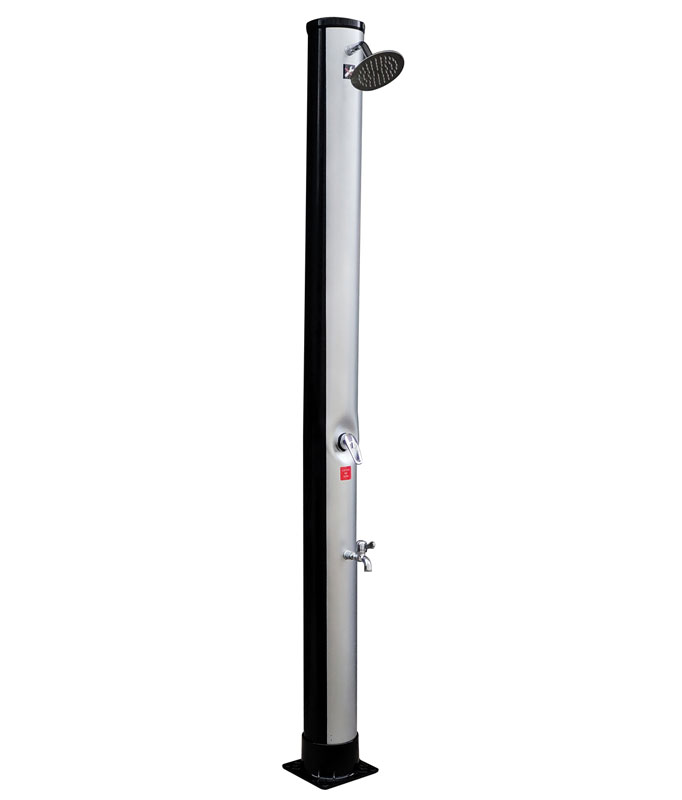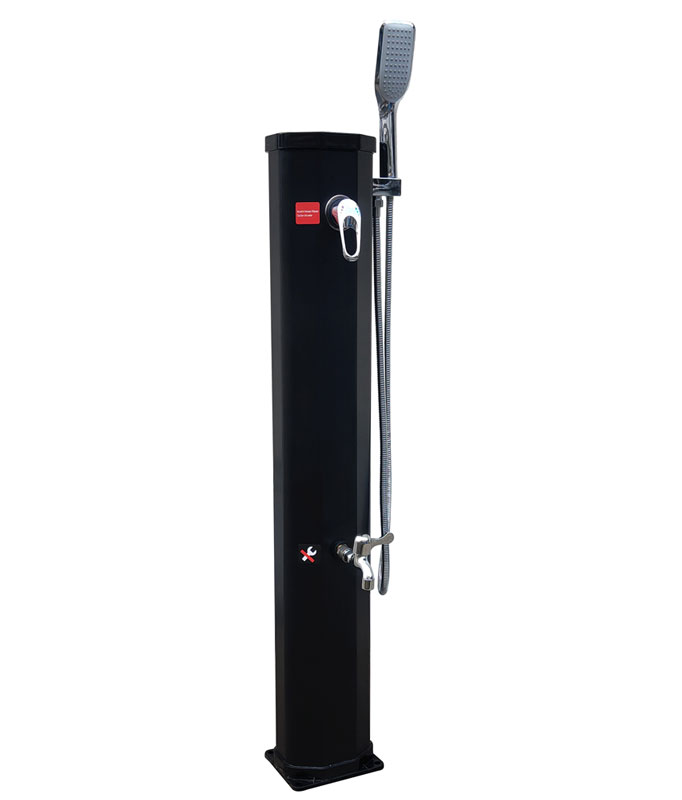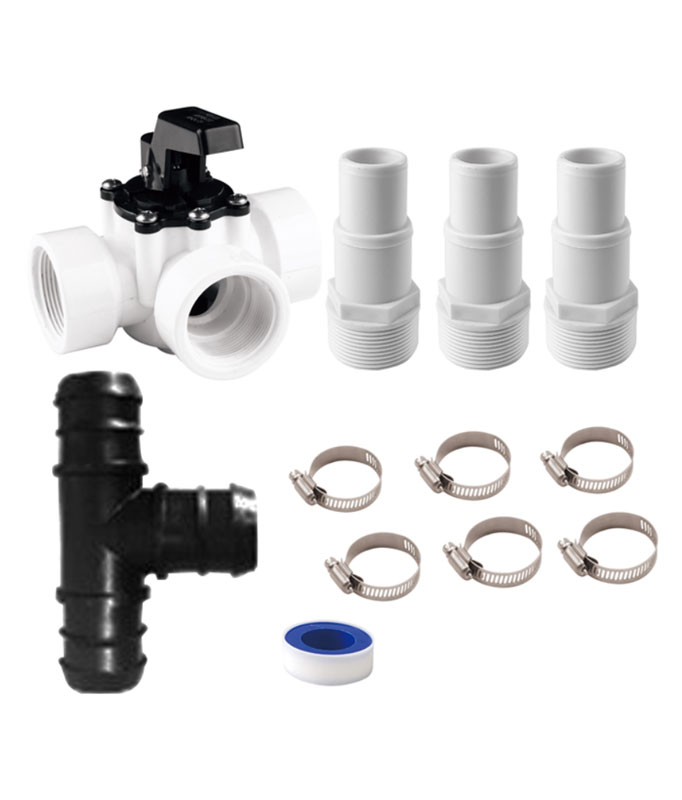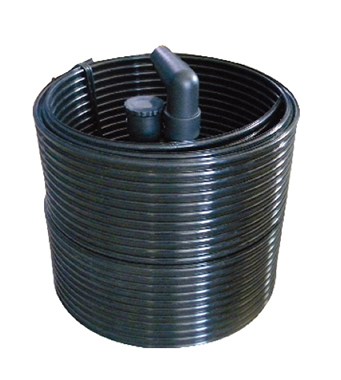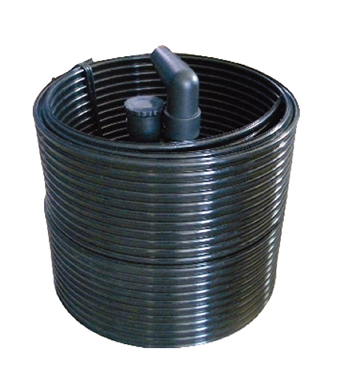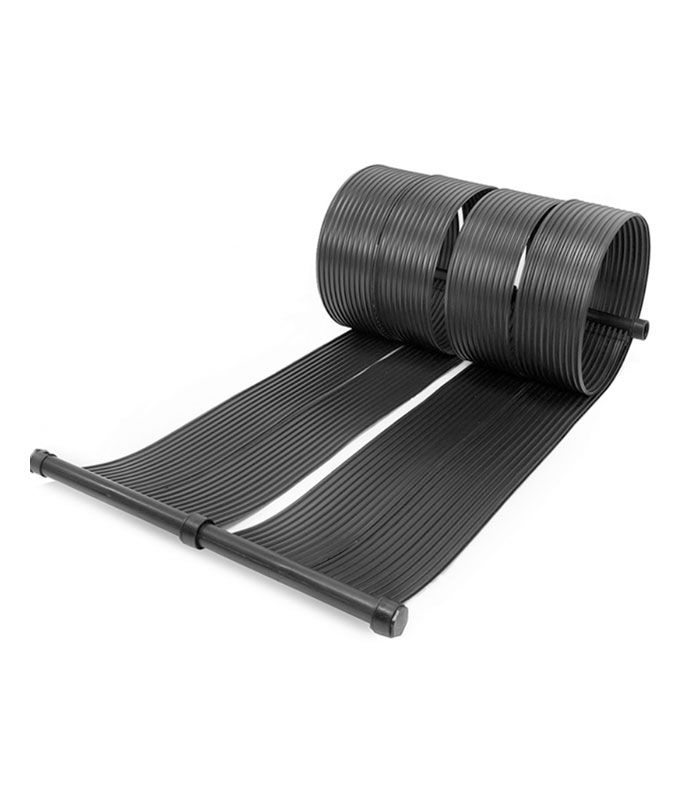Robots are transforming the cleaning industry by taking on tasks that previously needed human labor, leading to significant cost savings and enhanced efficiency. A notable example of this trend is the case of labor cost reduction: one robot replaced three cleaners. This advancement illustrates how automation not only reduces expenses but also enhances performance. Discover innovative solutions like the AquaJack 900, a solar-powered robotic pool skimmer, at https://www.cnpoolstar.com/product/aquajack-900-solar-powered-robotic-pool-skimmer-442.html.
Key Takeaways
- Robots lower labor costs by doing the work of many cleaners. This makes cleaning faster and saves money.
- Buying cleaning robots can improve service and make guests happier in hotels and offices.
- Automation helps workers learn new skills. They can move into jobs that control and take care of robots.
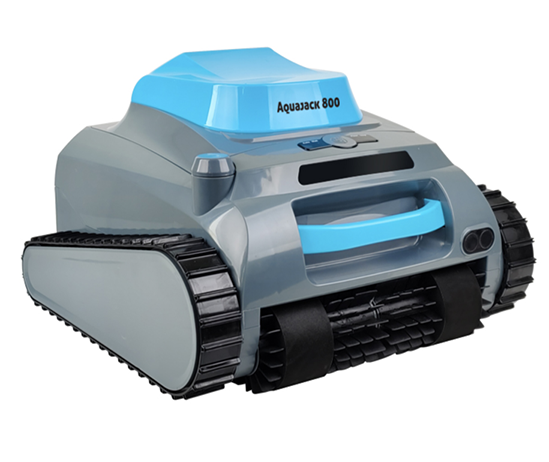
Overview of Cleaning Robots
Cleaning robots are reshaping how you approach cleanliness in homes, businesses, and public spaces. These machines combine advanced technology with practical design to deliver efficient and consistent results. Understanding their types and capabilities helps you see why they are becoming essential tools in modern cleaning.
Types of Cleaning Robots
Cleaning robots come in various forms, each designed for specific tasks. Here are some common types:
- Vacuum Robots: These compact devices clean floors by navigating spaces and removing dirt and debris.
- Floor Scrubbing Robots: Ideal for hard surfaces, these robots scrub and polish floors to maintain shine.
- Window Cleaning Robots: These machines cling to glass surfaces and clean windows without streaks.
- Pool Cleaning Robots: Designed for swimming pools, they remove debris and algae from water.
- Sanitation Robots: These robots disinfect surfaces using UV light or chemical sprays, ensuring hygiene in high-traffic areas.
Tip: When choosing a cleaning robot, focus on the type that matches your specific cleaning needs.
Capabilities of Cleaning Robots
Cleaning robots offer features that make your cleaning tasks easier and more effective. Many models use sensors to navigate obstacles and map rooms. Some include scheduling options, allowing you to set cleaning times that fit your routine. Advanced robots use AI to learn layouts and improve efficiency over time.
Robots also handle repetitive tasks without losing performance. For example, vacuum robots can clean under furniture, while window-cleaning robots reach high or hard-to-access areas. Their ability to work autonomously saves you time and effort, letting you focus on other priorities.
With cleaning robots, you gain precision, consistency, and convenience in maintaining cleanliness.
Case Studies of Robots in Cleaning
Case Study 1: Hotel Chain Using Robots for Housekeeping
Hotels have started using robots to handle housekeeping tasks, making operations more efficient. For example, some hotels now use robots to deliver fresh towels, toiletries, and even room service orders. These robots navigate hallways and elevators using advanced sensors and mapping technology.
You might wonder how this impacts labor costs. In one hotel chain, a single housekeeping robot replaced the work of three human cleaners. This case of labor cost reduction: one robot replaced three cleaners, highlights how automation can save money while maintaining service quality.
Note: Robots in hotels don’t just save costs. They also improve guest satisfaction by providing faster and more consistent service.
Case Study 2: Commercial Office Building with Autonomous Floor Cleaners
In commercial office buildings, keeping floors clean is a daily challenge. Autonomous floor-cleaning robots have become a game-changer in this setting. These robots sweep, mop, and polish floors without human supervision.
One office building reported significant savings after introducing these robots. The facility manager shared that the robots worked longer hours than human cleaners and required minimal maintenance. This aligns with the broader trend of automation reducing labor costs.
Tip: If you manage a commercial space, consider autonomous floor cleaners. They can handle repetitive tasks efficiently, freeing up your staff for more complex responsibilities.
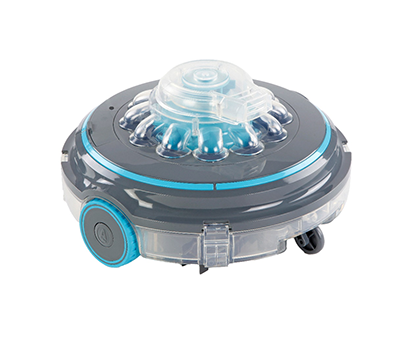
Case Study 3: Public Transportation System Employing Sanitation Robots
Public transportation systems face high cleaning demands due to heavy foot traffic. Some transit authorities now use sanitation robots to disinfect buses, trains, and stations. These robots use UV light or chemical sprays to kill germs and viruses, ensuring a safer environment for passengers.
In one city, sanitation robots replaced several human cleaners, leading to a case of labor cost reduction: one robot replaced three cleaners. This shift not only saved money but also improved cleaning consistency.
Did You Know? Sanitation robots can clean large areas quickly, making them ideal for high-traffic spaces like airports and train stations.
Case of Labor Cost Reduction: One Robot Replaced Three Cleaners
Cost Savings Through Automation
Automation has revolutionized the way you approach cleaning tasks. By replacing human labor with robots, businesses have achieved remarkable cost savings. A prime example is the case of labor cost reduction: one robot replaced three cleaners. This shift demonstrates how automation can cut expenses while maintaining or even improving cleaning standards.
Robots work longer hours without breaks, unlike human workers. They don’t require salaries, benefits, or overtime pay. For instance, a single floor-cleaning robot can operate continuously for several hours, covering large areas efficiently. This reduces the need for multiple employees to perform the same task.
Did You Know? Robots also minimize errors caused by fatigue or inconsistency, ensuring a higher quality of work.
In addition to direct savings, robots reduce costs associated with employee turnover. Hiring and training new staff can be expensive and time-consuming. With robots, you eliminate these recurring expenses. This makes automation a cost-effective solution for businesses looking to optimize their cleaning operations.
Long-Term Financial Benefits
The financial benefits of cleaning robots extend far beyond immediate cost savings. Over time, you’ll notice how these machines contribute to a more sustainable and profitable business model. The case of labor cost reduction: one robot replaced three cleaners highlights the long-term value of investing in automation.
Robots are durable and designed to last for years with proper maintenance. While the initial investment may seem high, the return on investment (ROI) becomes evident over time. For example, a robot that replaces three cleaners can pay for itself within months through reduced labor costs.
Tip: Regular maintenance ensures your cleaning robots remain efficient and extend their lifespan.
Another advantage is the ability to reallocate resources. By automating repetitive tasks, you can focus your budget on other areas, such as improving customer service or upgrading facilities. This strategic use of resources enhances overall business performance.
Finally, robots contribute to energy efficiency. Many modern cleaning robots are designed to consume less power, reducing utility bills. This not only saves money but also supports environmentally friendly practices.
The case of labor cost reduction: one robot replaced three cleaners serves as a powerful example of how automation can transform your business financially. By embracing this technology, you position yourself for long-term success in a competitive market.
Broader Implications of Cleaning Robots
Effects on Human Workers
Cleaning robots bring efficiency, but they also affect human workers in significant ways. You may notice that automation reduces the demand for certain cleaning jobs. Tasks once performed by teams of workers are now handled by a single robot. This shift can lead to job displacement, especially in industries that rely heavily on manual labor.
However, robots don’t entirely replace human involvement. Many machines still require supervision, maintenance, or programming. Workers often transition into roles that support these robots, such as operating or troubleshooting them. This change creates a need for new skills and responsibilities.
Note: While robots handle repetitive tasks, humans remain essential for complex problem-solving and customer interaction.
The emotional impact on workers is another factor to consider. Losing a job to automation can feel discouraging. You might see this as a challenge, but it also opens doors to explore new career paths.
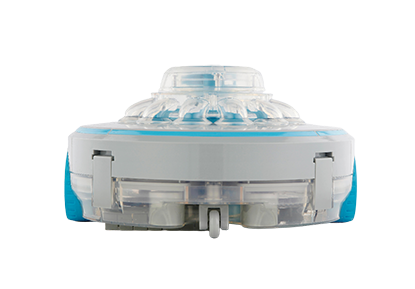
Opportunities for Upskilling
The rise of cleaning robots creates opportunities for you to learn new skills. As businesses adopt automation, they often invest in training programs to help workers adapt. For example, you could learn how to operate, repair, or program cleaning robots. These skills make you more valuable in the workforce.
Upskilling also prepares you for roles in technology-driven industries. By gaining expertise in robotics or automation, you can transition into higher-paying jobs. This shift benefits both workers and businesses. Companies save money through automation, while employees gain access to better career opportunities.
Tip: Look for online courses or workshops that teach robotics basics. These resources can help you stay competitive in a changing job market.
In the long run, cleaning robots don’t just replace jobs—they transform them. By embracing upskilling, you can turn automation into an opportunity for growth.
Robots are transforming cleaning by cutting costs and boosting efficiency. You may worry about job loss, but automation also opens doors for learning new skills.
Tip: Embrace upskilling opportunities to stay competitive.
Expect robots to play an even bigger role in cleaning, reshaping industries and creating new possibilities for workers.
FAQ
What are the main benefits of using cleaning robots?
Cleaning robots save time and reduce costs. They work efficiently, handle repetitive tasks, and improve cleaning consistency. You can also focus on other priorities while robots clean.
Tip: Cleaning robots are ideal for businesses aiming to optimize operations.
Are cleaning robots difficult to operate?
Most cleaning robots are user-friendly. You can control them with apps or simple buttons. Advanced models even learn layouts automatically, making operation easier for you.
How much do cleaning robots typically cost?
Prices vary based on features. Basic models start at a few hundred dollars, while advanced robots with AI capabilities can cost thousands. Consider your needs before purchasing.
Note: Investing in a robot can save money long-term through reduced labor costs.

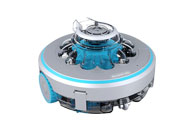 Robotic Pool Cleaner
Robotic Pool Cleaner 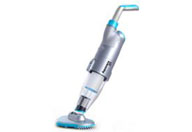 Portable Pool Vacuum Cleaner
Portable Pool Vacuum Cleaner 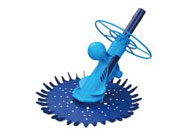 Automatic Pool Cleaner
Automatic Pool Cleaner 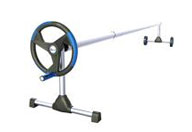 Pool Cover Reel
Pool Cover Reel 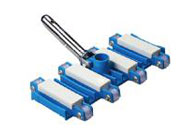 Pool Cleaning Accessories
Pool Cleaning Accessories 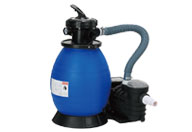 Pool Filter Pump
Pool Filter Pump 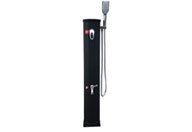 Pool Solar Shower
Pool Solar Shower 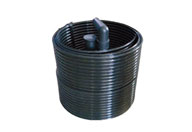 Pool Solar Collector
Pool Solar Collector 